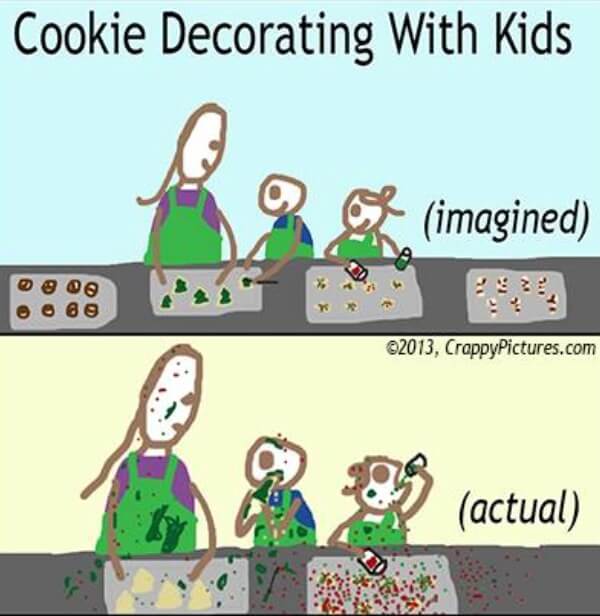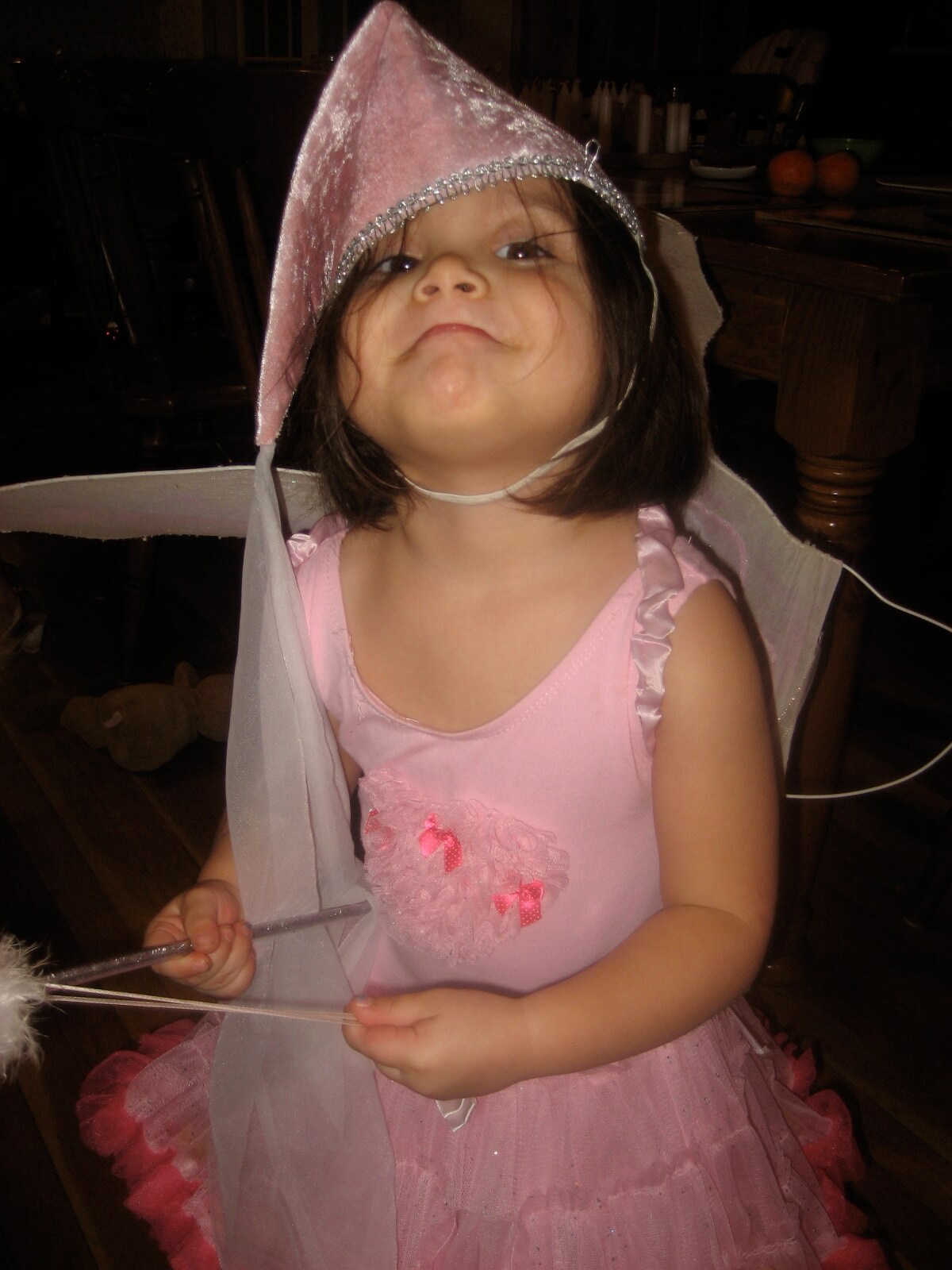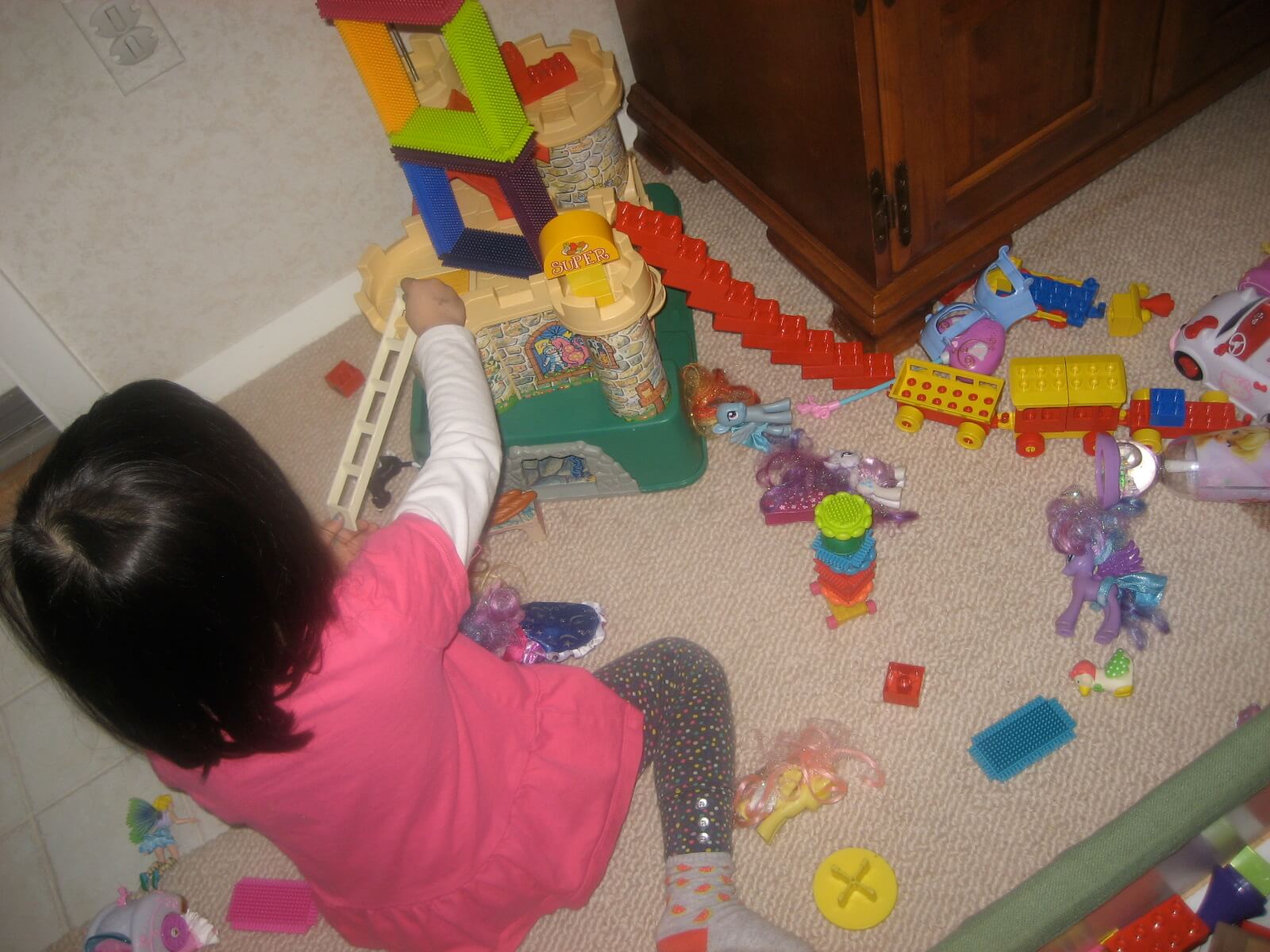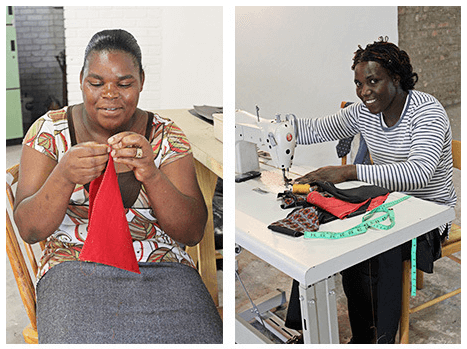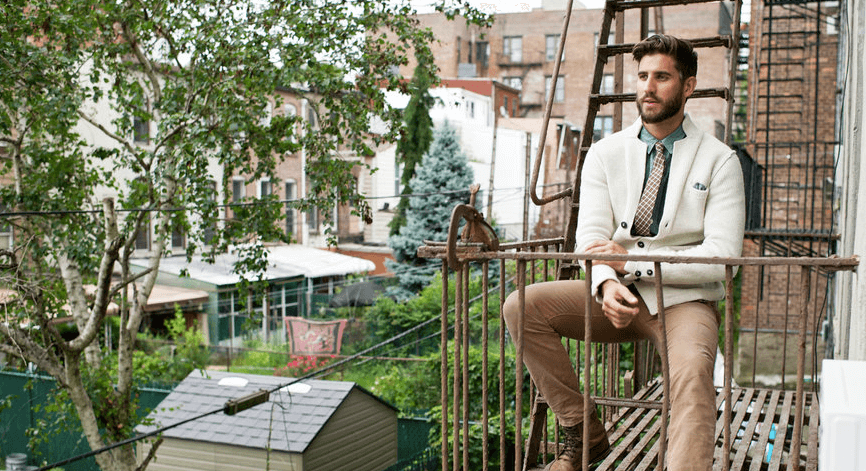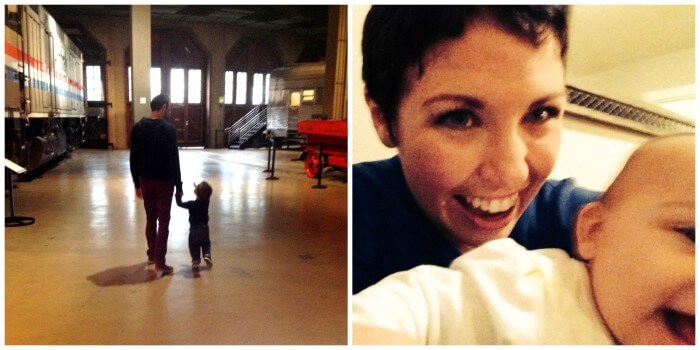
As a child I played “house” like every other little girl. But, to my knowledge, I didn’t pretend to be a mommy with little kids bouncing around me. I cleaned imaginary stoves or sat in my imaginary recliner clicking on a remote control to watch whatever TV show my little heart desired. Apparently that was my adult utopia. But I distinctly remember one day, “dusting” the paper VCR that I had made and taped to the inside wall of my plastic Muppet Babies play house, seeing a “rainbow” of children before me. And for some reason, I decided that meant that one day I would have kids that were different colors than me.
Fast forward to fourteen years old. I was in Romania and had the opportunity to visit an orphanage one day. Heads shaved to prevent lice, I thought they were boys. It was an all-girls facility. Short and scrawny from malnutrition, I thought they were all younger than ten. Come to find out, most of them were older than me. I had no idea how to process the concept that none of them had been adopted. Why weren’t there more people out there who could show compassion and parent them?
It was then that I remembered my little vision of the rainbow of children, connected the dots, and decided that, someday, I would adopt. I knew I couldn’t rescue every child from an orphanage, but I could do my part.
Just before my husband and I got engaged, I knew I would have to bring this up to him. We were on a pretty fast track toward marriage, and if he wasn’t interested in adopting, we weren’t right for each other. Not only that, but I was more interested in adopting than having biological kids. I wanted to adopt first. Thankfully, Wyley agreed adoption was something he wanted, too.
For different reasons that came up over the years, we didn’t get to fully launch our adoption journey until nine years into our marriage. That was a lot of years of being comfortable with “just us.” I was perfectly happy without kids. I didn’t pine for them. I’m the kind of girl that has a lot of dreams, a lot of goals, and lot of potential. I want to make the most of it. It was hard for me to “be ready” to put those things on hold to focus on enlarging my family. But it was something I knew I was called to from a young age, and because of that, I also knew it was not something I should put off any longer.
We opted to adopt through the foster system, also known as Fos-Adopt. Foster children are at the highest risk in our country of being trafficked, and the best way to combat that is by giving them a safe, loving home.
My mom was a social worker while I grew up, working directly with children in foster homes, and I remember hearing horror stories, both of terrible foster homes and terrible foster children. We knew, going this route, that it was likely the child or children we’d be welcoming forever into our lives would be “special needs”, having come from a place of some sort of abuse. While this frightened me, and I was warned about it from many concerned friends and family, I felt the challenge wasn’t too great for me. I thought about the idea of adoption – how it is God’s idea; how He demonstrates it every day, taking in “special needs” children who have been abandoned and rejected and abused – who abandon and reject Him on a regular basis – but His love does not waiver. They need Him, and that’s all that matters.
I began to pray desperately for them, that wherever they were and whoever they were with, God would protect them and bring them to us quickly. I couldn’t stand thinking about our kids enduring abuse while we were just waiting for them to come home.
Eleven months after we started our fos-adopt process, we met our babies. I honestly didn’t expect it to be that fast, and, being a planner by nature, it took me off guard. The holidays were coming up, and I had not envisioned Christmas with children. But if they needed us, we were ready for them.
Harrison Josiah and Clara Marie. Two, half siblings who are as adorable as they come. The meeting was unceremonious, lacking in fireworks, and frankly, a little off-putting in the cold county building where we signed on the proverbial dotted line. Their background is mainly a giant question mark; Birth Mother is MIA and Birth Fathers are obviously different (apparent by ethnicity differences) and unknown. We know very little about them, other than their ages (two years and six months). Even their ethnicities are officially unknown. We know Birth Mom tried to abort Clara, but she sought the abortion too late into the pregnancy. Thank the Lord.
As our lives and world did an enormous flip and we (and they) are still going through some major adjustments and challenges and sacrifices, I allow the Lord to remind me why this process is so important. I thank God for this mercy called adoption. Without it, we would have no possibility of entering the family of God. We would not have heaven to look forward to. We would have no eternal, heavenly inheritance.
This Christmas, as I focus on my God humbling Himself as a baby on this earth, I think about the tremendous adjustments and challenges and sacrifices He made so that He could make adoption possible. It doesn’t matter how often I disobey and reject Him, He is always still there, loving and forgiving me, and my future is secure in Him. And He has modeled for me what I get to give to Harrison and Clara: an earthly family that will love them no matter what, and who will show them the way to being adopted into the family of Christ.

